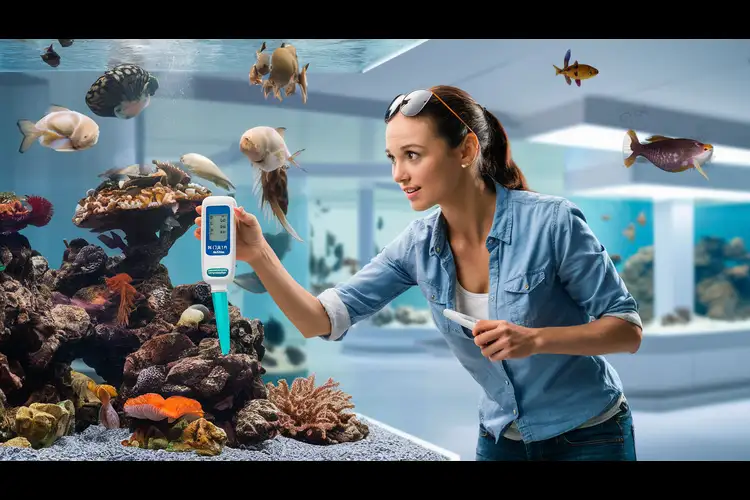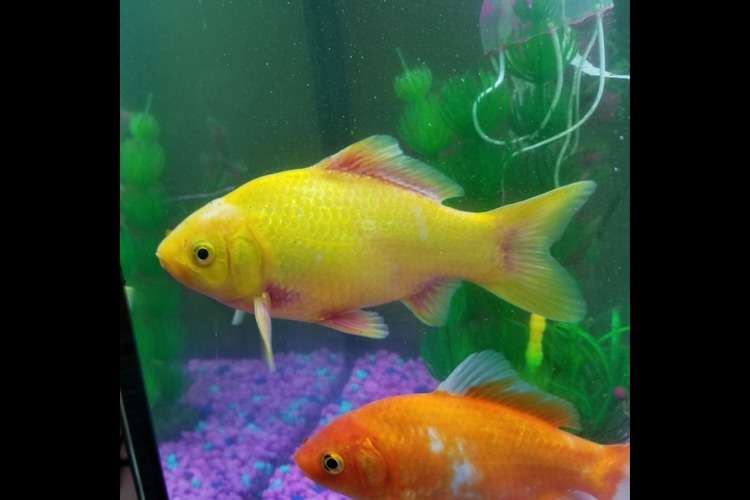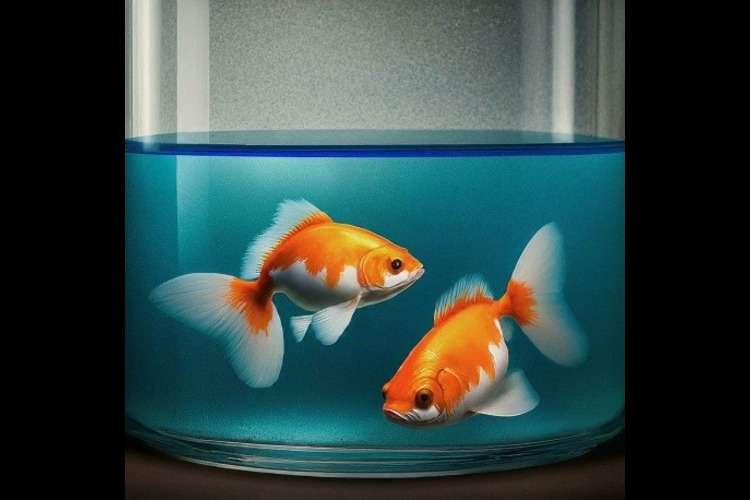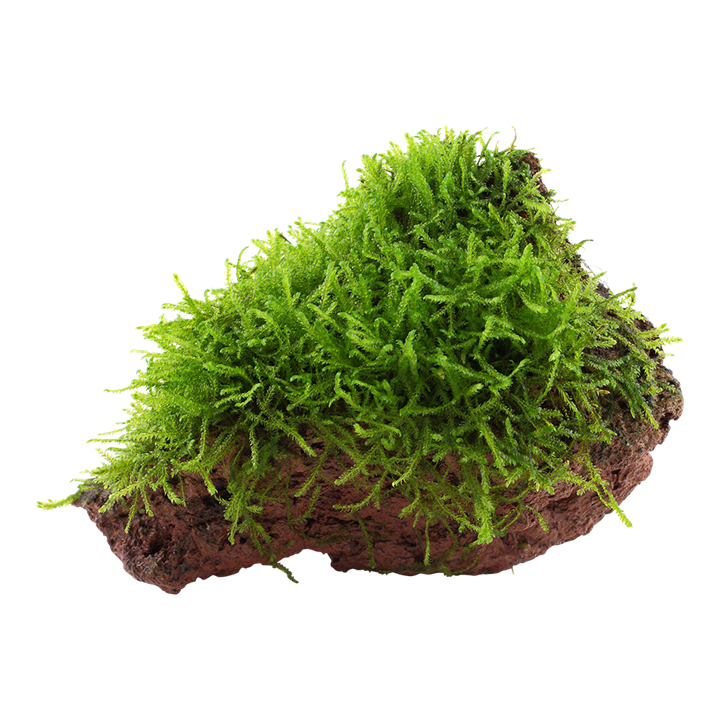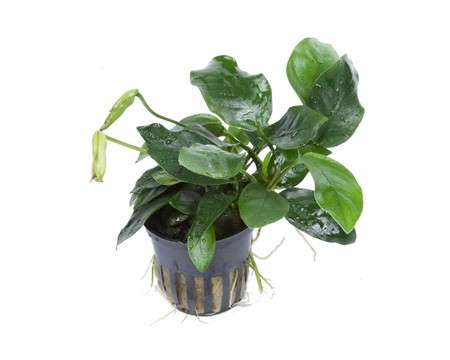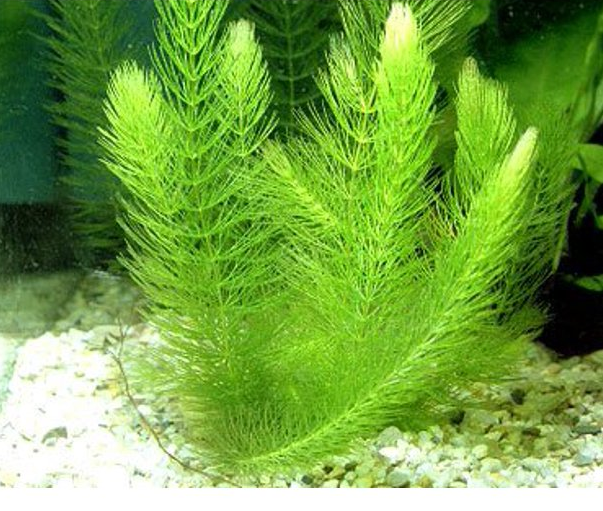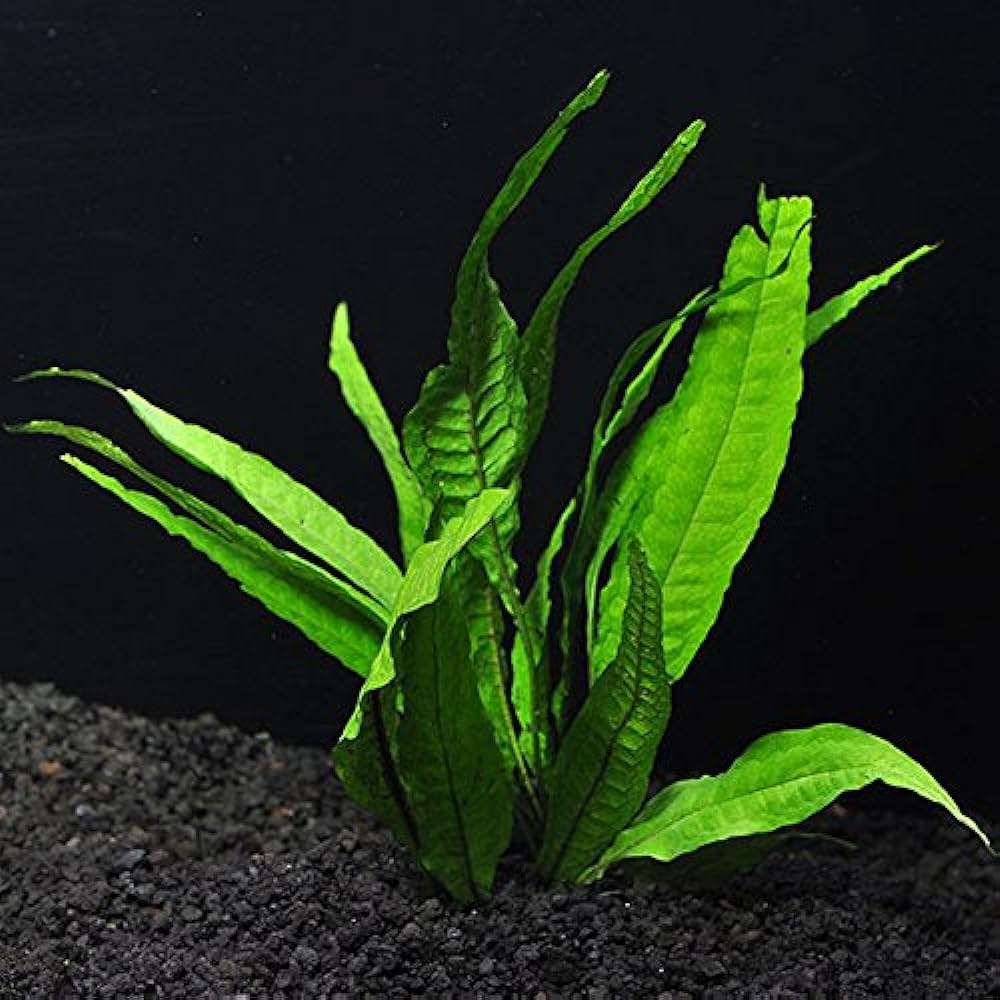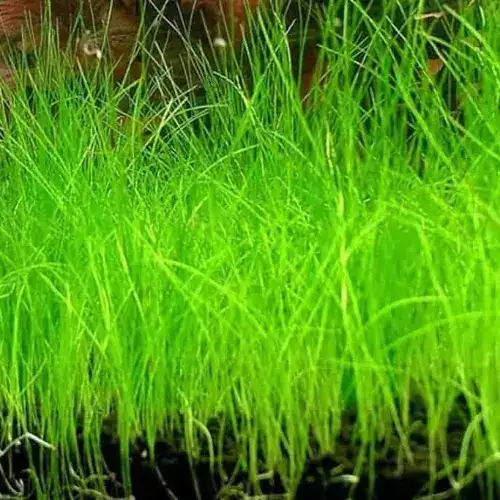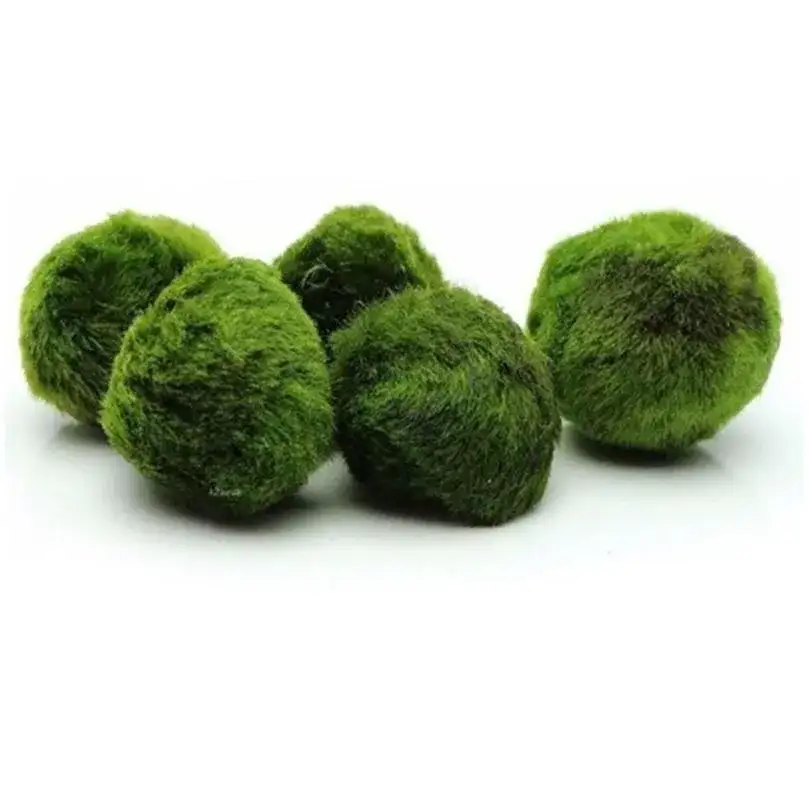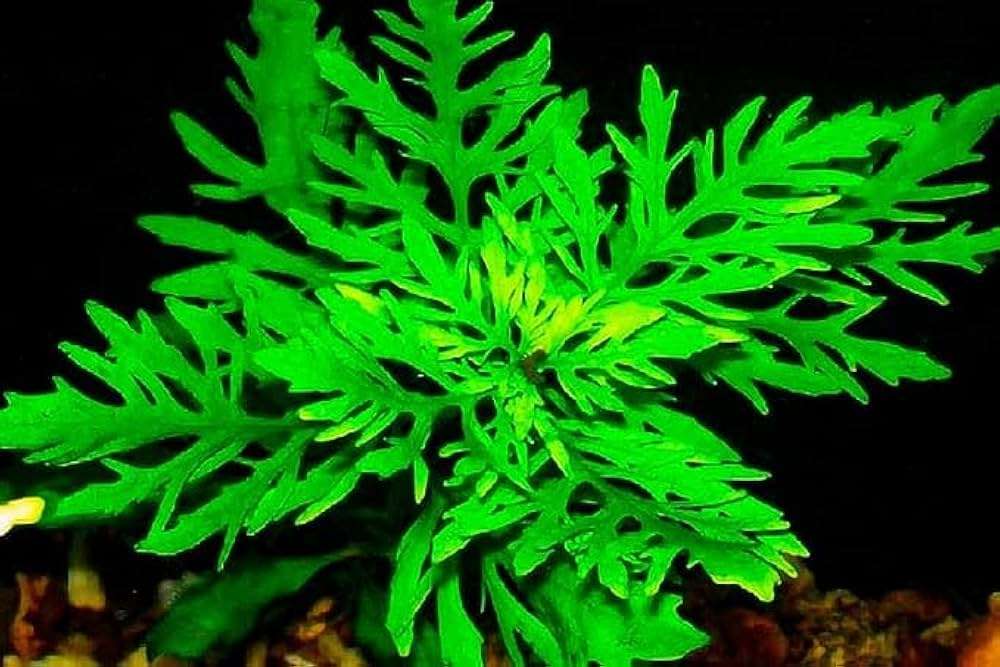Essential Safety Tips for Proper Use of Aquarium Heaters
Discover essential safety tips for aquarium heaters: selecting the right size, placement, and maintenance to ensure a safe environment for your aquatic pets.
Table of Contents
- Investigate the Heating Requirements of Your Aquarium
- Do Not Place the Heater Too Close to Decorations or the Substrate
- Invest in a High-Quality and Stable Thermostat
- Use a Separate Thermometer or a Digital Thermometer for Accurate Readings
- Regularly Check Heaters for Malfunction
- Don't Place Heaters in Places with High Fish Activity
- Be Mindful of Overheating Risks
- Always Unplug Before Maintenance
- Consider Electrical Safety
- Keep a Backup Heater for Emergencies
- Faq
- Conclusion
Aquarium heaters are essential for keeping a stable environment for aquaristic creatures. These include tropical fish, invertebrates, or even aquatic plants in order to keep their environments within their temperature tolerances. Misuse or neglect, however, can create dangerous situations for both your fish and your equipment. From the following lines, one shall find a few outstanding and effective safety tips that may be adopted while using aquarium heaters.
Investigate the Heating Requirements of Your Aquarium
Every tank is unique, as are their inhabitants' heating requirements. These necessities rely upon the size of the tank, which species you would like to keep, and the climate of your home. Bigger tanks require more wattage, and specific species prefer certain temperatures. Research the ideal temperature for your species and make sure that your heater has no problems maintaining it. In general, it is acceptable to use about 3-5 watts of heating power per gallon of water, but always make sure that you check specific requirements for your chosen fish.
Do Not Place the Heater Too Close to Decorations or the Substrate
While you may logically think that placing the heater in the vicinity of some rocks or substrate would encourage an even distribution of heat, uneven heating is in fact caused. Thus there develop hot spots in which your fishes could be fried easily. The heaters should be in open places with good water flow and away from any big decorations or substrate that may block the warm water flow. Consider putting the heater horizontally against the tank wall for better heat distribution.
Invest in a High-Quality and Stable Thermostat
A built-in thermostat would typically be supplied with different heaters, but they are generally not identical. Invest in a heater with a good working thermostat that is accurate and reliable. Improperly regulated heaters produce temperature fluctuations that are stressful for the fish and potentially fatal. Consider one that includes an external thermostat controller, or one that will display both the set and actual water temperature to give you better control.
Use a Separate Thermometer or a Digital Thermometer for Accurate Readings
It's risky to depend solely on a built-in thermometer in the heater. To be sure the water temperature is accurate all of the time, a separate digital thermometer is recommended. This aids better monitoring of temperature changes during the day. A thermometer placed towards the opposite end of the heater will give a better half-measurement of the overall temperature of the tank and eliminates localized discrepancies around the heater.
Regularly Check Heaters for Malfunction
Over time, aquarium heaters wear out, and when they go out, they can prove disastrous. You ought to be wary and check at least monthly for visible signs, such as wear, cracks, and discoloration. If your heater starts making strange noises or stops regulating its temperature properly, it's time to consider putting it in the rubbish bin. An old, used heater is one of the principal sources of risk from fire, so best invest in a new one than gamble with the life of your aquatic pets.
Don't Place Heaters in Places with High Fish Activity
Large or active fish in community tanks, associated with passing other fish, can crash into heaters and untwist or disable them in the process. This is important for tanks that house species that are high energy such as cichlids or goldfish. Look to use a heater guard, which is in fact surrounding the heater and offers it a little more protection from accidental knocks to help ensure the heater stays intact and avoid exposing your fish to fluctuating temperatures.
Be Mindful of Overheating Risks
Aquarium heaters are made to keep their tubs at a designated temperature, but what do you do when their thermostat is defective, or the thermostat's dial has been raised too high? It can lead to some serious consequences by placing stress on your fish or burning them. It is advisable to set the heater at a lesser temperature after each adjustment and look up the manufacturer’s heating recommendations before the adjustment process starts, as fluctuating temperatures can cause serious health complications in aquatic pets.
Always Unplug Before Maintenance
Be it cleaning or doing water changes, always unplug your heater before anything else. They can be sensitive to sudden changes in temperature from exposure to the air when carried out with normal glass components, causing the heater to crack or malfunction. Allow it enough time to cool off so that it can be taken out for cleaning and/or maintenance, and always follow whatever directions are stated by the manufacturer on proper care and storage.
Consider Electrical Safety
Electrical safety should be considered around aquarium heaters. Do not use an extension cord on your heater unless it is absolutely necessary. Have all cords properly insulated and protected away from water. Always handle a heater with dry hands and make sure all wiring is in good working order. A further layer of protection is offered from a GFCI outlet, which will shut power when an electrical fault occurs.
Keep a Backup Heater for Emergencies
You never know when a blackout might occur or your heater might fail- this is where a backup heater comes in handy for an emergency. A battery-operated or portable heater can maintain the tank’s temperature when power fails or the primary heater stops functioning. Having a spare heater ready can ensure that your fish stay safe during unexpected power outages.
Faq
1.Why is the correct wattage important?
Correct wattage ensures stable temperature. Larger tanks need more watts, typically 3-5 watts per gallon.
2.Can the heater be near decorations?
No, it can create hot spots and uneven heat. Place it in an open area with good water flow.
3.How to ensure proper temperature regulation?
Use a reliable heater with a thermostat and a separate thermometer for accurate monitoring.
4.How often should I check the heater?
Check monthly for cracks, wear, or malfunctioning. Replace if necessary.
5.Why avoid placing heaters in high-activity areas?
Fish may damage the heater. Use a heater guard for protection.
6.What happens if the heater overheats?
It can harm your fish. Always set the correct temperature and adjust gradually.
7.Should I unplug the heater before maintenance?
Yes, unplug it before cleaning or water changes to prevent damage.
8.How to ensure electrical safety?
Use insulated cords, dry hands, and check wiring. Consider using a GFCI outlet for added protection.
9.Why have a backup heater?
It ensures stable temperature during power outages or equipment failure.
10. How to create a safe environment?
Follow proper wattage, regular checks, correct placement, and electrical safety for a healthy aquarium.
Conclusion
Aquarium heaters are essential tools for keeping aquatic life comfortable and healthy, but, as with any piece of equipment, they need to be used properly. Learn the requirements of your tank, monitor temperature carefully, review the equipment often, and put safety first so that you will end with a stable environment for your aquatic friends. Follow these safety measures, and your aquarium will be an oasis for your fish in the years to come.


